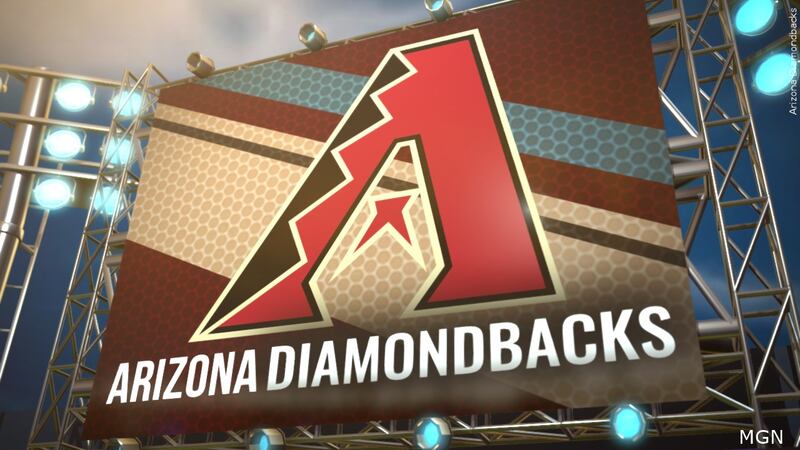Which D-backs prospects have the ability to throw a good secondary pitch?
Here at Inside the Diamondbacks, we’ll continue our review of the Diamondbacks farm system by analysing each tool individually and selecting the top prospects for it. On the 20–80 scouting scale, where 50 is the big league average, each tool is rated.
Breaking balls in general, including sliders and curveballs, is covered in the next section. Since the beginning of the Statcast Era, Major League Baseball has used a lot more breaking pitches. These pitches were thrown about 25% of the time in 2015, but during the last two seasons, their utilisation has increased to almost 30%. This is a pattern that ought to hold true, particularly for relievers who only encounter a lineup once. For a prospect to stand a chance of making it into a rotation or bullpen over the long haul, they now need to have a good breaking pitch.
These are the top breaking balls in the D-backs system heading into the 2024 season:
Curveball
Yilber Diaz (60)
A large curveball that tunnels nicely off Diaz’s excellent fastball is his finest breaking pitch. It’s his best swing-and-miss pitch because of its late break and sharpness. His expected floor as an impact reliever is provided by his fastball-curveball profile, but the D-backs want to see him grow into a starter. He will have to develop a third pitch or end up in the bullpen because he will weaken his fastball and curveball by spending the majority of the next two seasons in the high elevation parks of Amarillo and Reno.
Blake Walston (60)
Entering the 2023 season, Walston had the profile of a No. 3/4 starter, but in Reno, his stuff and velocity fell short. Rather than making his major league debut, he was in the minors the whole year before being added to the 40-man roster. Along with a fastball that sits between 88 and 92 and an above-average to plus changeup, Walston also has a curveball that sits in the mid-70s, which is a major change of pace pitch.
Slider
Bryce Jarvis (60)
Jarvis’s changeup has been eclipsed by his slider, which is now his best pitch and a major factor in the likelihood that he will succeed as a major league pitcher in some way. Jarvis can throw a slider for 96–98 mph in brief bursts, giving him the profile of a backend arm, but the D-backs want to see him grow into a starter. While opponents hit.087 against the slider in his first MLB stay, he had a 32.6% whiff rate; however, some of that was due to lucky batted balls. Compared to the.331 xwOBA, the.171 wOBA allowed performed substantially better. In 2024, improved control over the slider ought to produce better outcomes.
Slade Cecconi (60)
Similar to Jarvis, Cecconi could be able to establish himself as a reliever by combining his fastball and slider, but the D-backs have higher hopes. In major league baseball, opponents’ batting averages against sliders are around.200, with projected and actual values being relatively close. The pitch had a 36% whiff percentage and was a good putaway pitch, resulting in a third strike in 24% of two-strike sliders. The improvement of Cecconi’s changeup will be crucial if he wants to remain a starter rather than a bullpen arm.
Landon Sims (60)
With two plus offerings and a high potential, the D-backs picked Sims, who was recovering from Tommy John surgery. His go-to pitch is a two-plane slider, which he played up since he could throw a large carry fastball in the upper 90s. Although he has started for Arizona thus far, he has primarily made brief appearances as he gradually recovers from surgery. Because of his bulldog mindset on the mound, he is on the short list of candidates in the organisation who might close if he can regain his pre-surgery velocity.


Be the first to comment